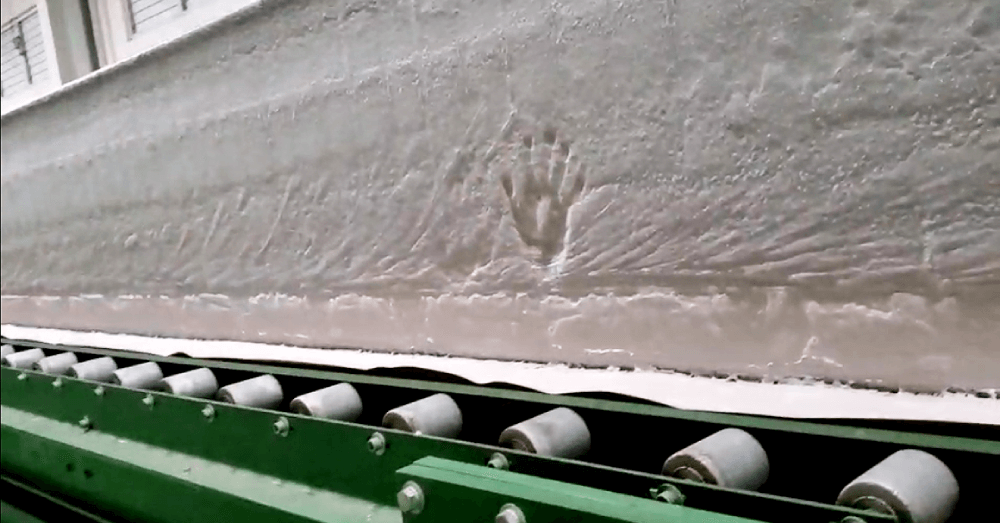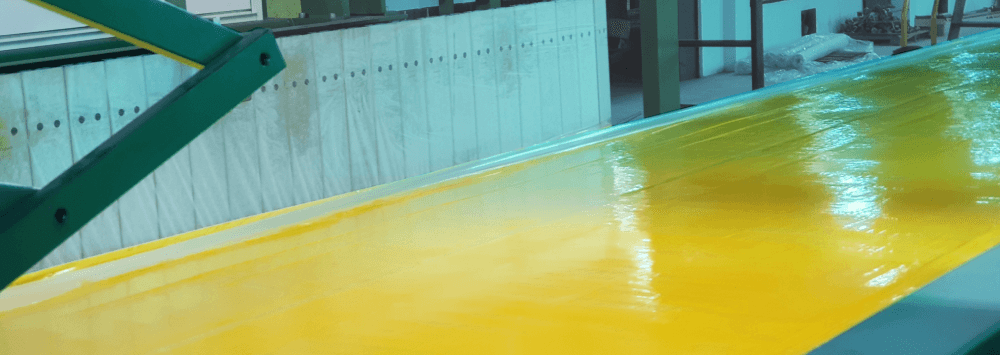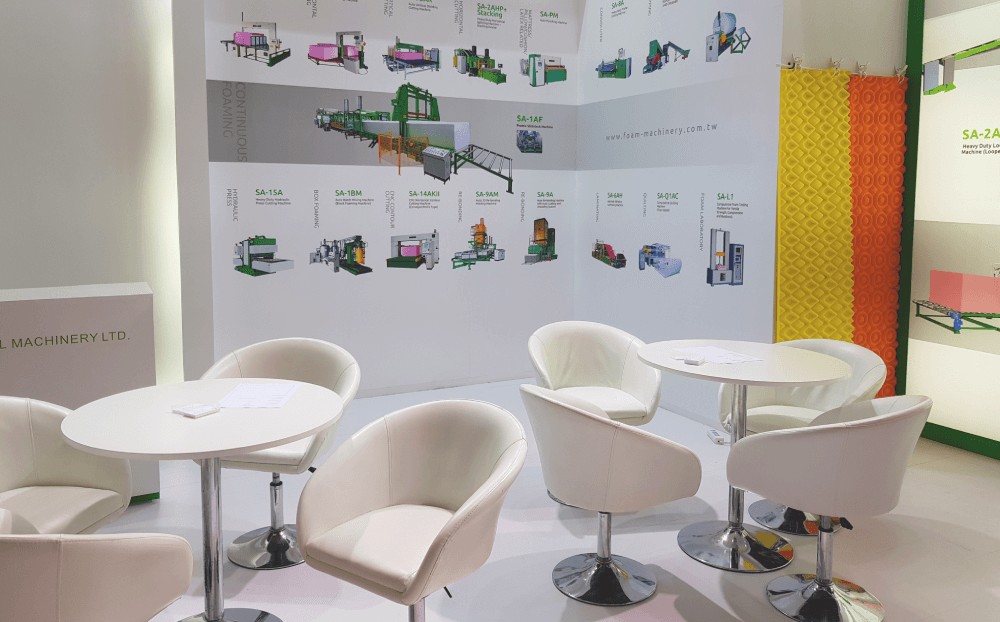(2.6 min read)
Did you know that in 2021, industry giants are investing more than ever in manufacturing infrastructure? The global pandemic has slowed the polyurethane foam goods market, so in a time of less demand, many companies have opted for internal investments in machinery and factory planning.
In light of this, let’s talk about foaming machines. What are the main considerations you should keep in mind when purchasing a new batch foaming machine or continuous foaming line?

It’s not just about quantity
“Well how much foam do I need to make?”
That’s the first consideration that typically comes to mind when deciding on batch or continuous foaming. It’s an important consideration, but should not be the only, or even primary consideration.
Why might you opt for foaming in smaller batches?
For one, you might be a specialty foam-maker. Are you a mattress or pillow supplier? Memory foam is all the rage in sleep goods these days, so you might have an investment in viscoelastic. Transitional layers in high-end memory foam mattresses are often made of high resilience (HR) foam, meaning you might consider some of those recipes as well.

Foam-makers test and re-test specialty and technical foam recipes. Continuous foaming machines are not designed to minimize material loss during testing.
Another aspect of specialty foaming is product variety. Sure, you can install a continuous foaming line that yields 2-3 different types of foam, but first make sure that’s really what you need. Batch foaming translates chemical materials to complete products with more surety and efficiency. Continuous foaming, on the other hand, requires a complete stop-and-restart when switching between recipes, or a “trashed” section of transitional foam you must cut away and dispose of.

Which brings us to the final, and perhaps most important possibility: you might not have the market share required for high-quantity foaming. Continuous foaming requires not only a much higher quantity of materials, but also specialty cutting equipment (your standalone vertical cutting machine can’t cut slabstock without modifications), larger storage capacity (the more space you give your curing racks, the more they maximize your product yield), transport options, etc. etc. If continuous foaming is what you need (get more information on that here), Sunkist will never try to dissuade you. If it’s a goal best set for further in the future, however, Sunkist wants to protect your best interests.
Some hard numbers to consider
Machine and installation costs: You’re looking at around $200,000 for a batch foaming set-up (including a basic foam cutting set-up), and minimum $450,000 for a continuous foaming set-up.
Installation and training time: One week for setting up a batch foamer, a few weeks for personnel training. Installation plus training can easily take up a month on a continuous foamer.
Required personnel: Not including your chemists, batch foaming set-ups typically take 2-3 people to run (higher levels of automation, of course, increase your costs). Continuous foaming set-ups usually take about 5-6 people to run.
Still not decided?
With their long lifespans, machines are often a difficult investment to make decisions about. That only means you are a careful and smart buyer. If there are truly too many factors up in the air, too many variables you don’t know about, or extenuating circumstances you can’t help, contact Sunkist for help. Let our decades of experience work for you.
